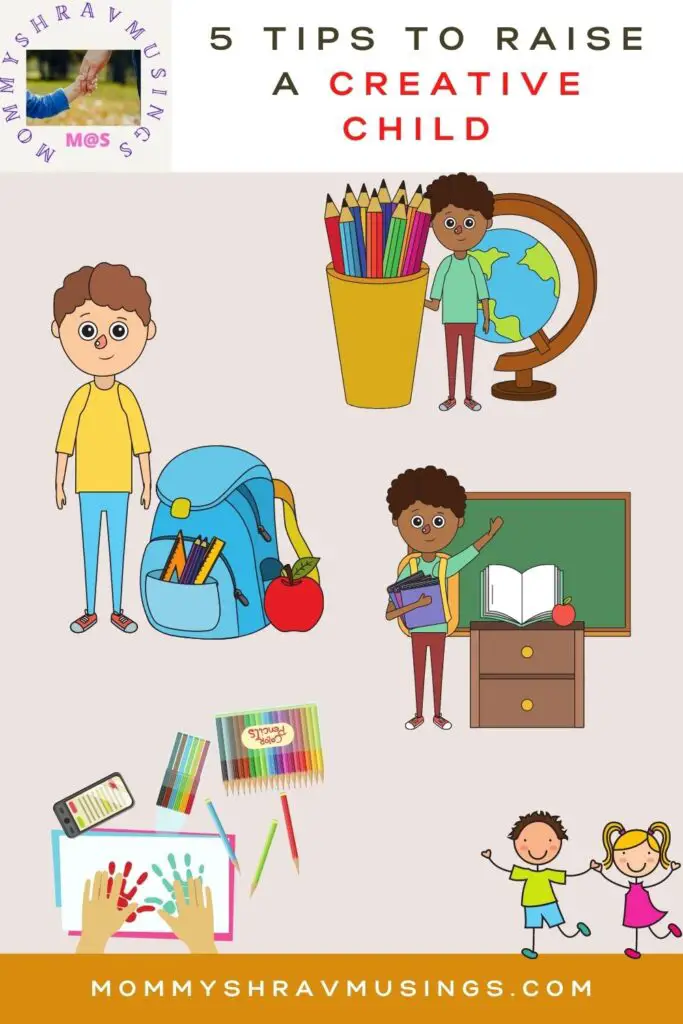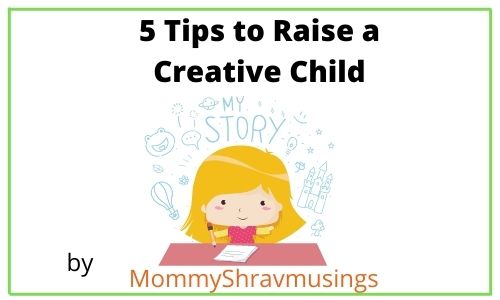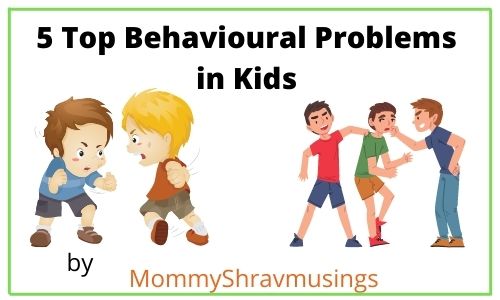As per natural laws, all children are born curious and creative. They are filled with a sense of wonder and curiosity, which allows them to explore and learn. That’s how they try to sit, crawl, stand, and walk. But this love for learning gets diminished over the course of time due to various external factors. That’s why most educationists say that we human beings are not using our creative brain cells completely, and they are getting degenerated faster these days. Of course, research also has shown, on the other hand, that some people have the creative gene inbuilt into them at a genetic level when compared to others. Hence, as common people, we are getting sandwiched between experts’ opposing views about creativity. As a parent, how can we nurture our own creative child or improve our kid’s creativity? The only way we can do that is by providing the child enough space and time to explore their surroundings. This blog mainly discusses tips for raising a creative child and identifying them.
As per the dictionary, “Creativity” means using original ideas to assemble something. Or looking at the problem with fresh eyes. That means to raise a creative child, we need to teach him to look at the same thing with different eyes or think out of the box. So, we shouldn’t expect our child to fit into the boundaries we are drawing either as a parent or an educator. When the kid’s thinking is limited by those boundaries, they can’t be creative.

Tips to Identify a Creative Child.
There are no clear-cut definitions or exams to identify a creative child. Let’s talk about the following example that I read somewhere. The kids were taking an exam that involved solving word problems in arithmetic, and the question was to
“Identify the smallest number that’s divisible by 5 and 10”.
Options given are: 50, 100, 80, 150
Any typical child would circle 50 and move on to the other question. But one kid got stuck at that question itself. His logic was that the smallest number that’s divisible by 5 and 10 is 10 itself. Since 10 is not given as an option, the answers are wrong.
How can we convince him that the answers are not wrong and we need to choose among the answers given there itself? That’s where the difference between a creative child and a normal child comes into play.
Hope you understand the situation now.
So, here are some tips for identifying a creative child. Also, these are not hard-core facts. Every child is different, and we need to identify similarities to the list below to understand whether our child is creative. If your child is:

# Finding new ways to use the common objects found in the house for his play or create a new use of those objects.
# He seems to be always thinking a lot or daydreaming
# He seems to ask deeper questions than what people his age normally ask
# He seems to be independent and doesn’t conform to the societal norms
# He tries to be more intuitive in arriving at solutions for different problems
# He uses different art forms like dance, music, and storytelling in his day-to-day activities
# He knows what his passions are at a very early stage in life and will never get tired of them.
# He has a keen observation power.
For Ex: When we ask the kids in the pre-school (2-4 years) to color the sky, one child has colored it blackish grey. Most of the teachers would tell him that he had colored it wrong, as the color of the sky was blue. But this kid’s argument is that when it’s about to rain, the sky will be full of dark clouds. So, these are the people who observe a lot and think creatively.
How to nurture the Child’s Creativity?
As the research shows, we can nurture our child’s creativity even if he doesn’t exhibit the traits mentioned above. Here are a few tips for the same.
Allow them to question us: Let them experience different situations and come up with questions. Initially, we must also show them how to think of questions. Start the conversations with open-ended questions rather than preaching. For example, Did you observe the color of the sky today, or did you see the different shades of flowers? The answer would automatically be followed by another question. This process will allow them to start pondering over mundane things as well. The more the kids ponder, the more they come up with new questions.
Increase their curiosity: The more they ponder about various things, the more their inquistiveness to find the answers will increase. The child can become a lifelong learner as long as he is able to retain his curious nature.
Give them free space and time: Allow them some free downtime to express their creative side. Let them sit idle for some time without any scheduled activities. This downtime would help them in exploring their creative side freely. Don’t just brush off their creations. Applaud them and point them towards more improvements.
Encourage the children to read for pleasure: Limit the gadget time and the scheduled activities so that the child has time to explore his creative hobbies or read as time pass. Reading helps in developing their logical thinking and helps them learn new things. Not all reading is for academic success only. Reading can be for pleasure too.
Teach them the multiple ways to solve puzzles/problems: As parents, we should teach our children to look at the problem with a different set of eyes, as there is no fixed set of solutions for everything in life
.Last but not least, as a parent, we must be our child’s first cheerleader. The creative child needs more appreciation and praise. Having said that, let those praises be just not those empty praises. Let them be the positive praises with encouragement to do more. Please do not associate rewards with creative expression. Once that reward-based creative expression style gets into the child’s brain, then his creative expressions would be limited by the rewards only, and he wouldn’t be able to think beyond the rewards.
Now that we understand the different traits of a creative child and how to nurture his creativity, there is one more complex angle to the creative child that we need to look into as parents. Have you ever heard about “Creative Gifted Child”?

Creative Gifted Child:
We normally hear about gifted children who are exceptionally talented in one or multiple fields. They are quick learners and able to understand the most difficult concepts also very quickly when compared to the other children. But what about creatively gifted children? These kids are also intellectually gifted kids. But their giftedness is coupled with creativity too. So they wouldn’t be sustaining their interests for long. Hence you see, this kind of kid keeps moving from one passion to another. They are also quick learners and feel that certain subjects that don’t spark their creative juices are boring.
Based on the above points, one can not decide whether the kid is a creatively or intellectually gifted child or a plain lazy child. The simple lazy child also would be day-dreaming similarly to a creatively gifted child, without mastering any area. The lazy kids will not show interest in learning any subject. So, as a parent, we must first understand our children’s passions before we call them creative or lazy kids. Hope this article has put forward the subtle differences between the creative child and the normal child at a high level at least.

Suhasini, IP, is the Author of the book “Practical Tips for Kids Mental Health.” As a certified kids and parents life coach, she helps/guides you toward a happy family life for your kids. She firmly believes that “Emotionally Happy Kids of today are the Mentally Strong and Happy Citizens of tomorrow.” Let’s make the world a happy and beautiful place for our kids to thrive.







Agree with you, Suhasini. We have to be extra cautious while dealing with our creative children! I have that experience;)
Very well written. All children are born creative specially the colouring part. My daughter never colours in the normal given hues
Deepika Sharma
Yes, Deepika thats true, kids always try to be innovative, only we parents try to put them back into the square.
I can understand Aditi, same case here too..
These are some really useful and insightful tips!
Thank you Satabdi